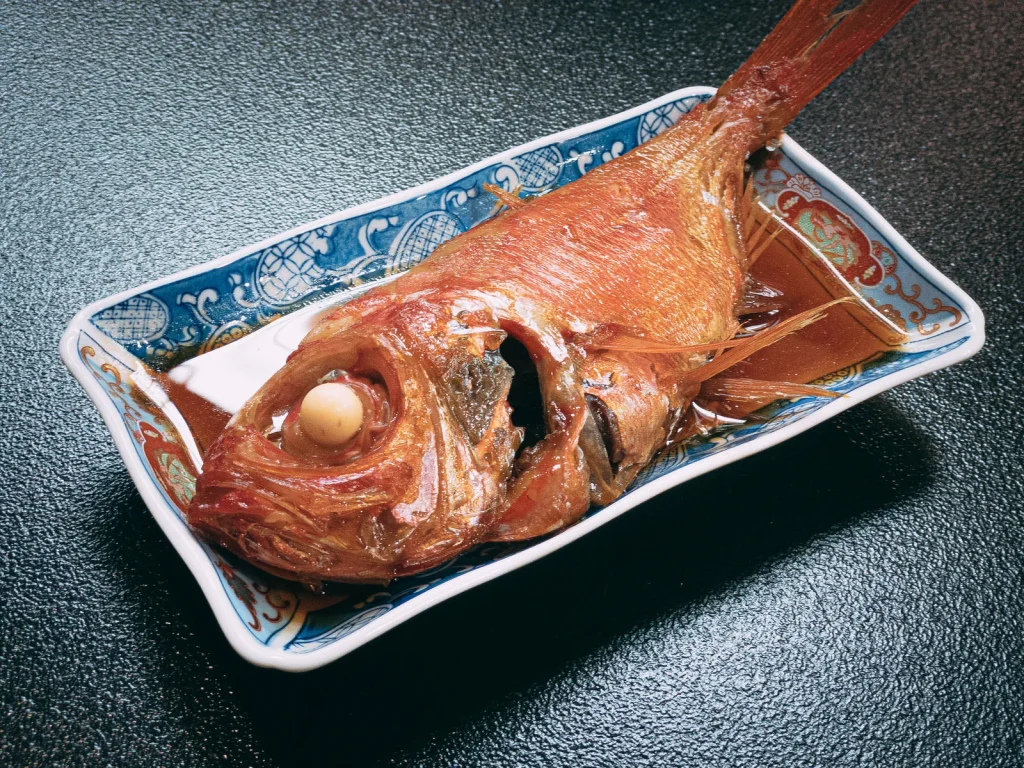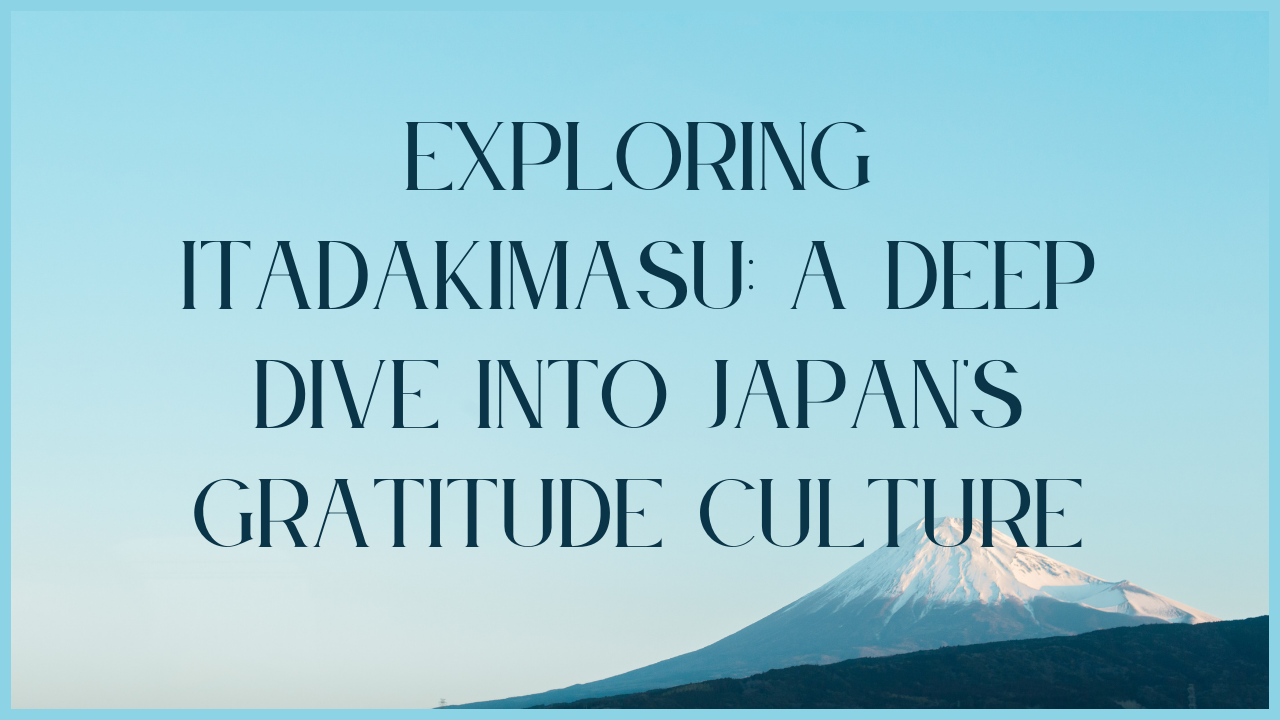Japan, a country renowned for its rich cultural tapestry, boasts a culinary heritage deeply intertwined with societal customs.
One such custom that reflects the profound respect for food and gratitude towards nature is the ritualistic expression of “Itadakimasu.”
This phrase, uttered before meals, transcends the act of eating into a spiritual experience, encapsulating the essence of Japanese culture and values.
The Meaning Behind “Itadakimasu”

At its core, “Itadakimasu” is a humble expression of gratitude and acknowledgment for the sustenance about to be consumed.
Rooted in Buddhist philosophy, the term recognizes the interconnectedness of all living beings and the cycle of life and death.
By expressing gratitude before every meal, individuals show appreciation not only for the food but also for the countless hands involved in its production – from the farmers to the cooks.
Symbolic Gestures and Rituals
Beyond the verbal expression, the “Itadakimasu” ritual involves specific gestures that further amplify its significance. Before diving into a meal, it is customary to join one’s hands together in a prayer-like position, known as “Gassho.”
This gesture serves as a moment of reflection, promoting mindfulness and gratitude.
Additionally, the custom of raising one’s bowl slightly when receiving it and after finishing the meal is observed.
This subtle action demonstrates respect towards the food, the provider, and the act of eating itself.
It underlines the belief that each meal is a gift to be treasured.
Connection to Japanese Spiritual Beliefs
The “Itadakimasu” culture is deeply rooted in Shinto and Buddhist beliefs that emphasize the sacredness of nature and the interconnectedness of all living things.
Shinto, Japan’s indigenous spirituality, venerates kami, divine spirits believed to inhabit natural elements.
By acknowledging the food with “Itadakimasu,” individuals express reverence not only for the sustenance but also for the divine essence present in nature.
Culinary Harmony: Itadakimasu in Traditional Japanese Cuisine

Traditional Japanese cuisine, renowned for its emphasis on seasonality and aesthetics, seamlessly integrates the “Itadakimasu” tradition.
The elaborate presentation of dishes, often resembling artistic masterpieces, reinforces the idea that each meal is a celebration of nature’s bounty.
Kaiseki, a multi-course dining experience, epitomizes this culinary harmony. With meticulous attention to detail, kaiseki chefs craft dishes that not only tantalize the taste buds but also engage all the senses.
“Itadakimasu” in this context becomes a prelude to a gastronomic journey, a moment to appreciate the craftsmanship and creativity invested in the meal.
Contemporary Expressions of Itadakimasu
In modern Japan, the “Itadakimasu” culture persists, adapting to changing lifestyles and dining habits. While the essence remains, expressions of gratitude before meals are now prevalent in various settings, including casual family dinners, business lunches, and even fast-food establishments.
The cultural significance of “Itadakimasu” has also transcended borders, influencing the global perception of Japanese dining etiquette.
Visitors to Japan are encouraged to embrace this tradition as a means of cultural exchange, further highlighting the universality of gratitude and respect for food.
Challenges and Changes in the Itadakimasu Culture
Despite its enduring importance, the “Itadakimasu” culture faces challenges in the modern era. The fast-paced nature of contemporary life and the rise of convenience-oriented food consumption sometimes dilute the mindfulness associated with this ritual.
As society evolves, there is a need to strike a balance between preserving tradition and adapting to the demands of the present.
Conclusion
“Itadakimasu” stands as a testament to Japan’s cultural depth, spiritual values, and profound appreciation for the sustenance provided by nature.
This simple yet profound expression of gratitude encapsulates the essence of Japanese dining etiquette, fostering a connection between individuals, their food, and the world around them.
As Japan continues to evolve, the “Itadakimasu” culture remains a timeless reminder of the beauty found in acknowledging the interconnectedness of all things, even in the simple act of sharing a meal.


コメント